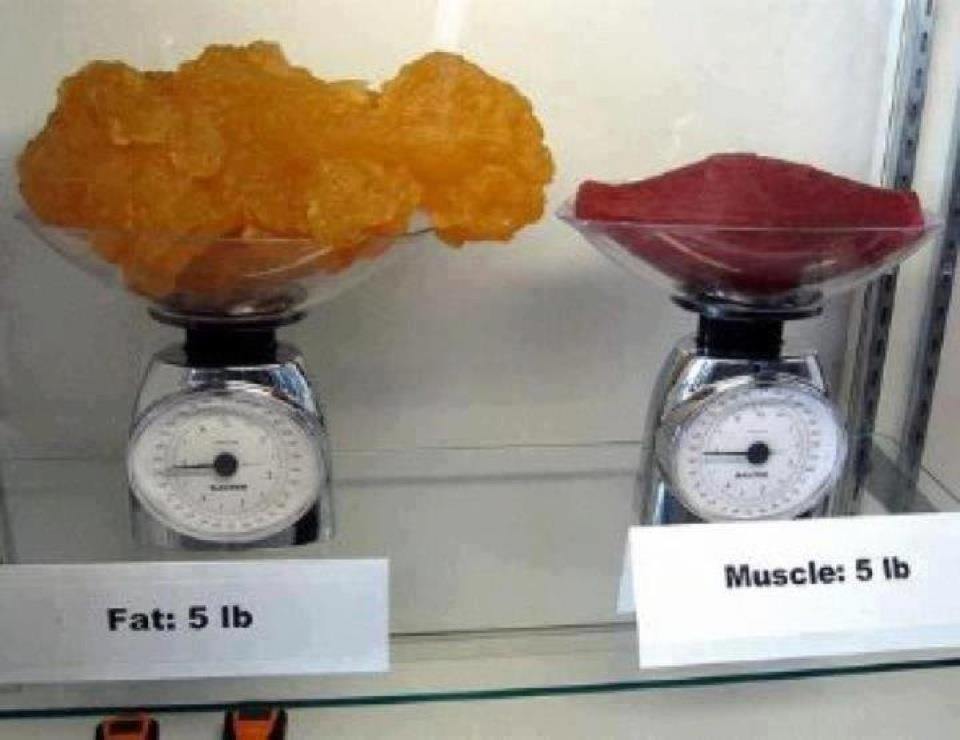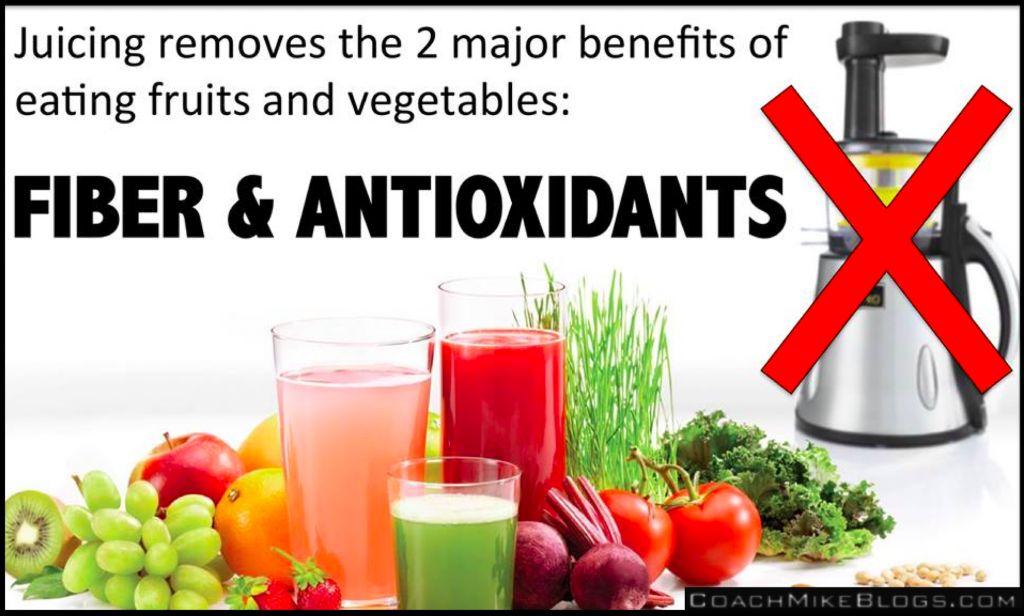You’ve heard the story. A guy eats like crap his whole life, visits the doctor to find out he’s ‘nearly dead,’ and regains his health on a liquid diet.
No more food, no more fuss, and no more fat. It’s that simple!

The reason this sounds familiar, is because it’s nothing new. The only difference is, this time it’s juicing fruits and vegetables instead of mixing-up protein-powder meal-replacements.
Healthier? Maybe.
Sustainable? Definitely not!
As we’ve discussed in the past, anybody can lose weight; and ‘not eating’ is probably the easiest way to do that. The problem is, weight loss via starvation results in muscle loss. Largely because of inadequate protein, but also because of inadequate calories (since muscle tissue is metabolically expensive).
On a generic caloric restriction plan (WITH PROTEIN) nearly 40% of weight lost is muscle.

Aside from the weak, frail, unattractive physique that’s produced as a result, the problem with losing muscle is that it reduces your resting metabolic rate (RMR). Resulting in less daily energy burning than what was experienced in the past, and more energy storage as a result.
- Less Muscle = Less Energy Burned At Rest
- Less Energy Burned At Rest = Less Food Needed to Gain
These consequences likely won’t show up right away (especially if you maintain your liquid diet), but eventually you’ll start to realize that you’re gaining fat while eating next to nothing. In addition to being lethargic, brain-dead, and miserable, as your body looks for ways to conserve energy.

Basically, juicing is another ‘controlled starvation’ approach to weight loss. That may actually be worse than Slim Fast and the other Shake Diets, when it comes to body composition and degeneration prevention – given the lack of protein!
“But, what if I juice in addition to my regular meals?”
The rationale behind adding a juiced beverage to your nutrition regimen is that you’re able to consume more fruits and vegetables than you could (or would) otherwise eat. Which means higher levels of all the ‘health-boosting benefits’ we get from eating plants. Right?
Wrong!
The first problem with this thinking, is that ‘eating more fruit’ and ‘eating more vegetables’ are recommendations that should be separated. Given the VERY different impact they have on our health (because of the glycemic load, and fructose), and the current state of the population – obese, insulin resistant, and sedentary.

But ore importantly, juicing removes the fiber that would otherwise help control the blood glucose response from the sugars in fruit, and ‘fill us up’ so we don’t consume excessive amounts.
Juicing is essentially trading real fruit for fruit juice.
Meaning glucose heading straight to your blood stream, and fructose heading straight to your liver, in excessive quantities that would otherwise be extremely difficult to consume in full-food form. Raising your risk of diabetes, heart disease, and any of the other conditions (1, 2, 3) associated with chronically elevated blood sugar and insulin.
To add to that, a good amount of the phytonutrients in both fruits and vegetables are lost with the fiber during processing. Which, as we discussed in Live It NOT Diet!, is the other major benefit to eating more plants.
So one could say:

Essentially leaving us with a nutrient supplement bathing in glucose and fructose.
But fortunately, there is a solution. And although it’s not a fancy $400 juicer endorsed by a TV celebrity, it will give you a few extra servings of the greens you’re not eating WITH the gut-feeding fiber, and cell-protecting polyphenols that are supposed to come with them.
(It’s a Blender!)
The nice part being, you can add other beneficial foods you may not have been able to incorporate into your diet, like coconut oil, kefir, and collagen protein.
For example (this serves 2):
- 1 cup Water
- 4 ice Cubes
- 2 tbsp Coconut Oil (extra-virgin, organic, unprocessed)
- 4 tbsp Kefir (from raw or grass-fed dairy)
- 1 cup Greens (Spinach, Kale, or Swiss Chard)
- 1 scoop Collagen Hydrolysate (I recommend this brand)
- ½-1 cup Berries (Blue, Black, Straw, Rasp or Mixed)
With Avocado Chunks being a good swap for Coconut Oil (if you prefer). And a Banana being a nice flavor enhancer (if you can handle the carbs).
Just remember, it’s a beverage NOT a meal! That’s best served next to animal protein, with a fruit quantity that matches your body composition and activity level.
Stay Lean!
Coach Mike
RELATED ARTICLES:
Are You Eating Enough Protein?
Ending The Vegetarian Debate Before It Starts
5 Very Good Reasons to STOP Counting Calories
The Problem With Meal Replacement Shakes (Liquid Protein)
5 Servings/Day or 1 Serving/Month - The Real Nutrient-Dense Food

